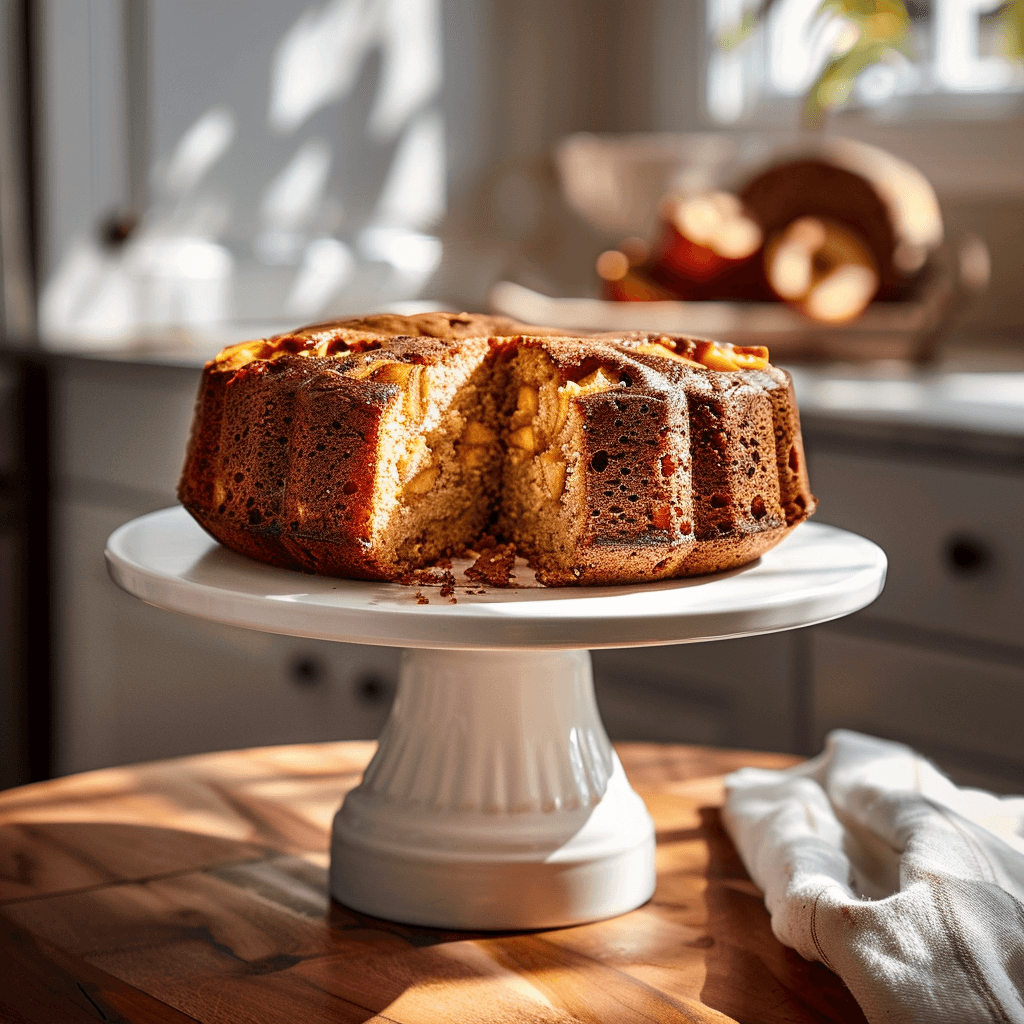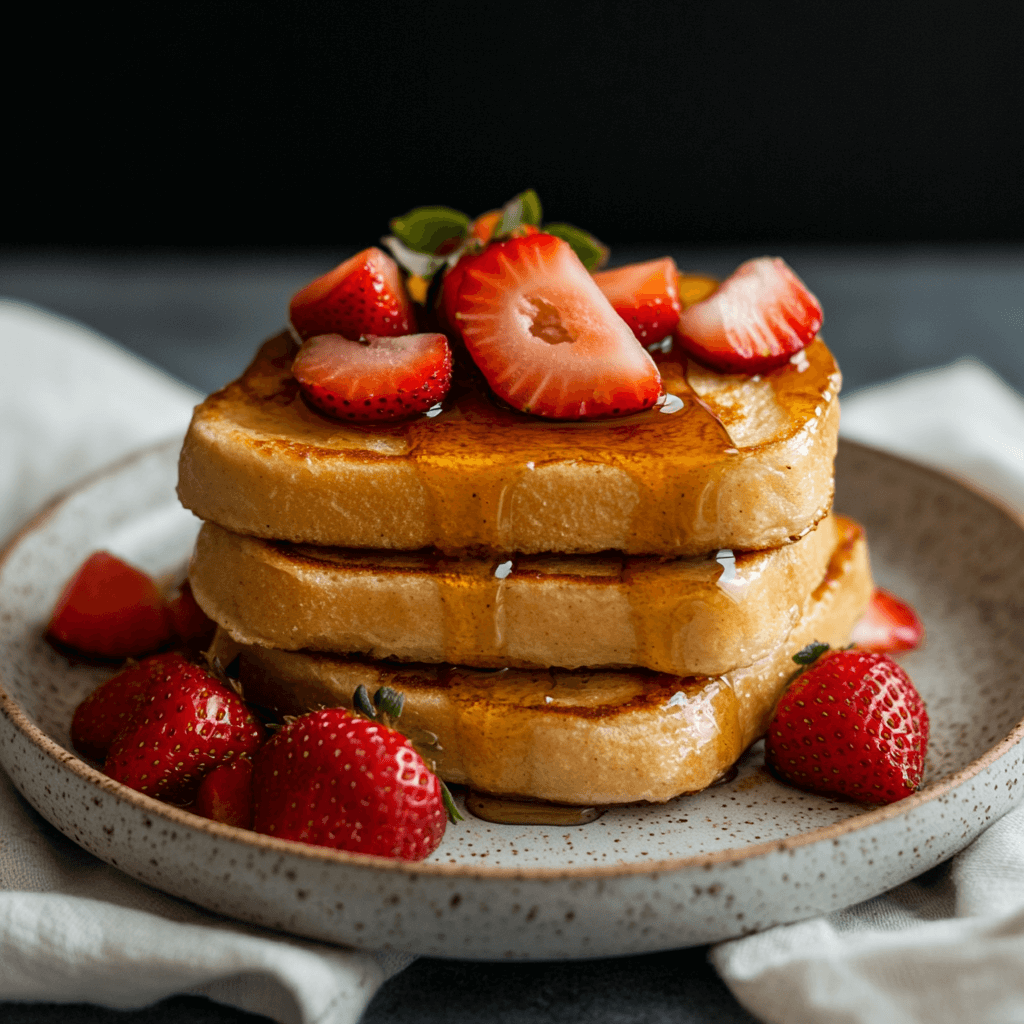
Growing up, weekend mornings were sacred in our household—especially summers. The sun would pour through the kitchen window as my grandmother flipped slices of sourdough toast in a buttery skillet, humming softly to an old jazz tune on the radio. What made her version of French toast stand out wasn’t just the love stirred into every bite, but her signature twist: using tangy, crusty sourdough toast. That little touch of acidity, that chew, it transformed a simple dish into a flavor-packed favorite.
Today, I’m sharing that cherished Sourdough French Toast recipe, optimized for summer enjoyment and perfect for lazy brunches, sunny patios, or spontaneous breakfast-for-dinner nights.
Why Sourdough Toast is Perfect for French Toast
Sourdough toast isn’t your average bread. It’s got character—chewy on the inside, crisp on the outside, and tangy in taste. These qualities make it an ideal candidate for soaking up the rich custard base without falling apart. Plus, it adds a deeper, more complex flavor to traditional French toast that perfectly complements summery toppings like berries and citrus.
Ingredients for Sourdough French Toast
This recipe makes 5 servings—enough to satisfy a hungry brunch crowd or provide leftovers for a sweet snack later.
Main Ingredients:
- 10 slices of sourdough toast (preferably day-old for best absorption)
- 4 large eggs
- 1 ½ cups whole milk (or half-and-half for richness)
- 2 tbsp granulated sugar
- 1 tsp vanilla extract
- 1 tsp ground cinnamon
- ¼ tsp salt
- 2 tbsp unsalted butter (plus more for cooking)
Toppings (Summer-Inspired):
- Fresh strawberries, blueberries, or raspberries
- Maple syrup or honey
- A dollop of whipped cream or Greek yogurt
- Zest of 1 lemon (optional for brightness)
How to Make Sourdough French Toast – Step-by-Step
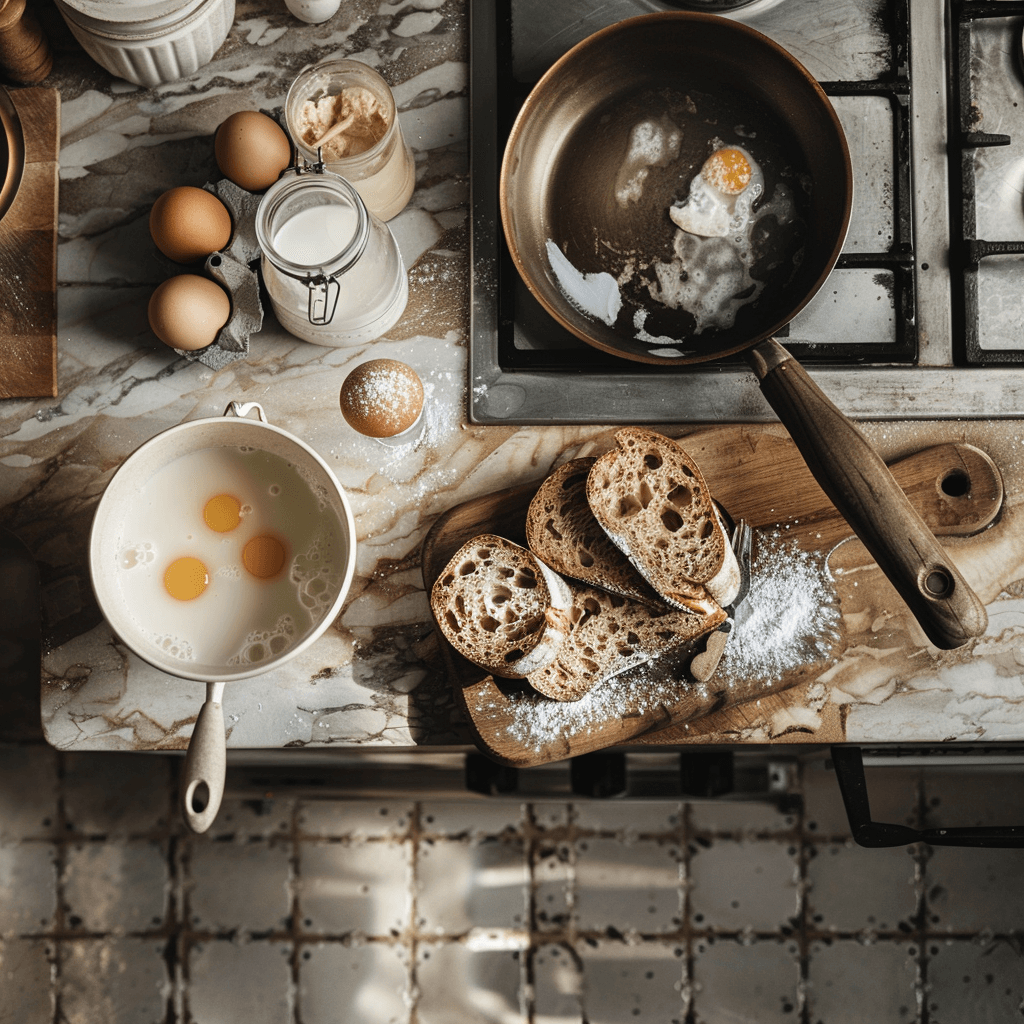
Step 1: Whisk the Custard Base
- Crack 4 large eggs into a large mixing bowl.
- Add 1 ½ cups of whole milk, 2 tablespoons of granulated sugar, 1 teaspoon of vanilla extract, 1 teaspoon of ground cinnamon, and ¼ teaspoon of salt.
- Whisk everything together until the mixture is smooth and the cinnamon is fully incorporated. This will be your flavorful custard for soaking the sourdough toast.
Pro Tip: A fork will work, but a balloon whisk will give you a creamier, more consistent blend.
Step 2: Prepare the Sourdough Toast
- Lay out 10 slices of sourdough toast on a wire rack or tray.
- If the bread is very fresh, leave it out for an hour or two to slightly dry out. This helps it soak up the custard without falling apart.
Bread that’s slightly stale works best—it absorbs better and holds its shape during cooking.
Step 3: Soak the Bread
- Pour your custard mixture into a shallow dish or baking pan (something large enough to dip the bread).
- One at a time, place a slice of sourdough into the custard and let it soak for 20–30 seconds per side.
- Lift the slice and let the excess drip off. Set it aside on a plate or tray while you soak the others.
You want the bread to be saturated but not soggy—no puddles of custard dripping when you lift it out.
Step 4: Cook the French Toast
- Heat a large skillet or non-stick griddle over medium heat.
- Add a small pat of butter (about ½ tablespoon) and let it melt completely.
- Place 2–3 soaked slices in the pan (don’t overcrowd).
- Cook for 2–3 minutes per side, or until golden brown and slightly crispy on the edges.
- Transfer the cooked slices to a plate and keep warm (you can place them in a low oven at 200°F/95°C).
- Wipe the pan clean if needed and repeat with more butter and toast slices.
Step 5: Garnish and Serve
- Stack your golden sourdough toast slices on plates.
- Top generously with fresh berries—think strawberries, blueberries, raspberries, or even peaches.
- Drizzle with maple syrup or honey.
- Add a dollop of whipped cream or a spoonful of Greek yogurt.
- Finish with a sprinkle of lemon zest for a bright, citrusy kick.
You eat with your eyes first—layer your toast and toppings to make it look as irresistible as it tastes!
Benefits of Using Sourdough for Toast
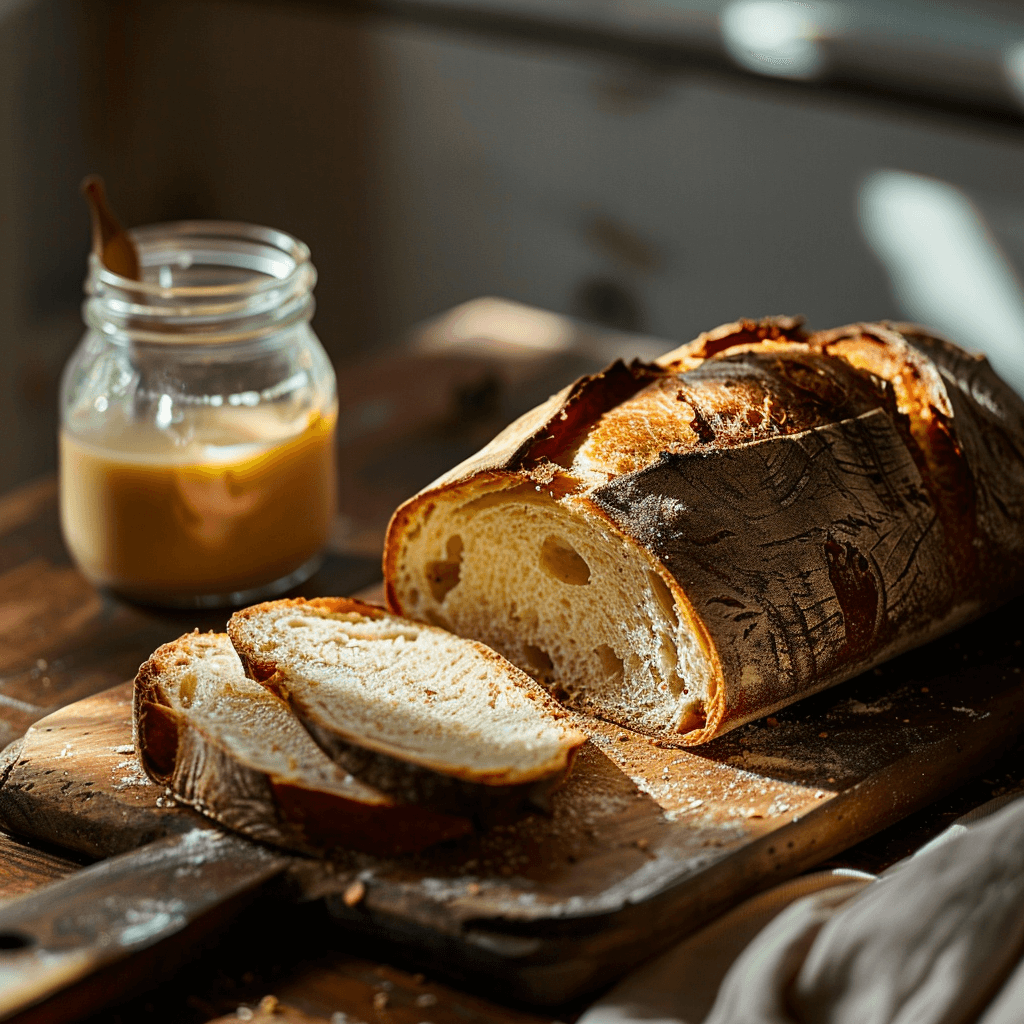
Sourdough toast isn’t just a flavorful upgrade—it’s a nutritional powerhouse and a smart choice for home cooks looking to create the ultimate French toast. Here’s why sourdough is a standout option:
1. Digestive-Friendly Fermentation
Sourdough is made through a natural fermentation process using wild yeast and lactic acid bacteria. This breaks down gluten and phytic acid, making it easier for many people to digest compared to conventional bread.
2. Lower Glycemic Index
Thanks to its slower fermentation and unique structure, sourdough toast releases sugars more gradually into your bloodstream. This makes it a better choice for maintaining energy and avoiding sugar spikes—perfect for a balanced brunch.
3. Deep, Tangy Flavor
Unlike basic white bread, sourdough adds a depth of flavor that elevates your French toast. Its natural tang pairs beautifully with sweet toppings like maple syrup, berries, and citrus zest.
4. Textural Contrast
Sourdough toast holds its shape well when soaked and pan-fried. You get that crispy golden edge and custardy interior—exactly what you want in a perfect slice of French toast.
“If you’ve never made your own sourdough bread before, King Arthur Baking offers an easy guide to creating your own sourdough starter. It’s the perfect base for toast and even more satisfying when made from scratch.”
Best Types of Sourdough Bread for French Toast
Not all sourdough is created equal—especially when it comes to French toast. Here are the top choices and what to look for:
1. Classic White Sourdough
This is the gold standard. It has a soft interior with a firm crust and the ideal tangy flavor. Choose a loaf with medium crumb—not too airy, not too dense.
2. Whole Wheat or Whole Grain Sourdough
Great for a nuttier flavor and added fiber. It absorbs custard beautifully and pairs wonderfully with autumn or spiced variations.
3. Artisan Bakery Loaves
Fresh-baked artisan sourdough from your local bakery often has the best structure and flavor. Look for loaves with thicker crusts and rustic texture.
4. Supermarket Sourdough
If you’re in a pinch, store-bought sourdough can work—just avoid versions with added sugars or preservatives. Thicker-sliced options labeled as “toast” or “country style” are usually better for soaking.
Pro Tip: Choose day-old bread whenever possible. It’s drier, which means it soaks up more custard without falling apart.
What to Serve with Sourdough French Toast
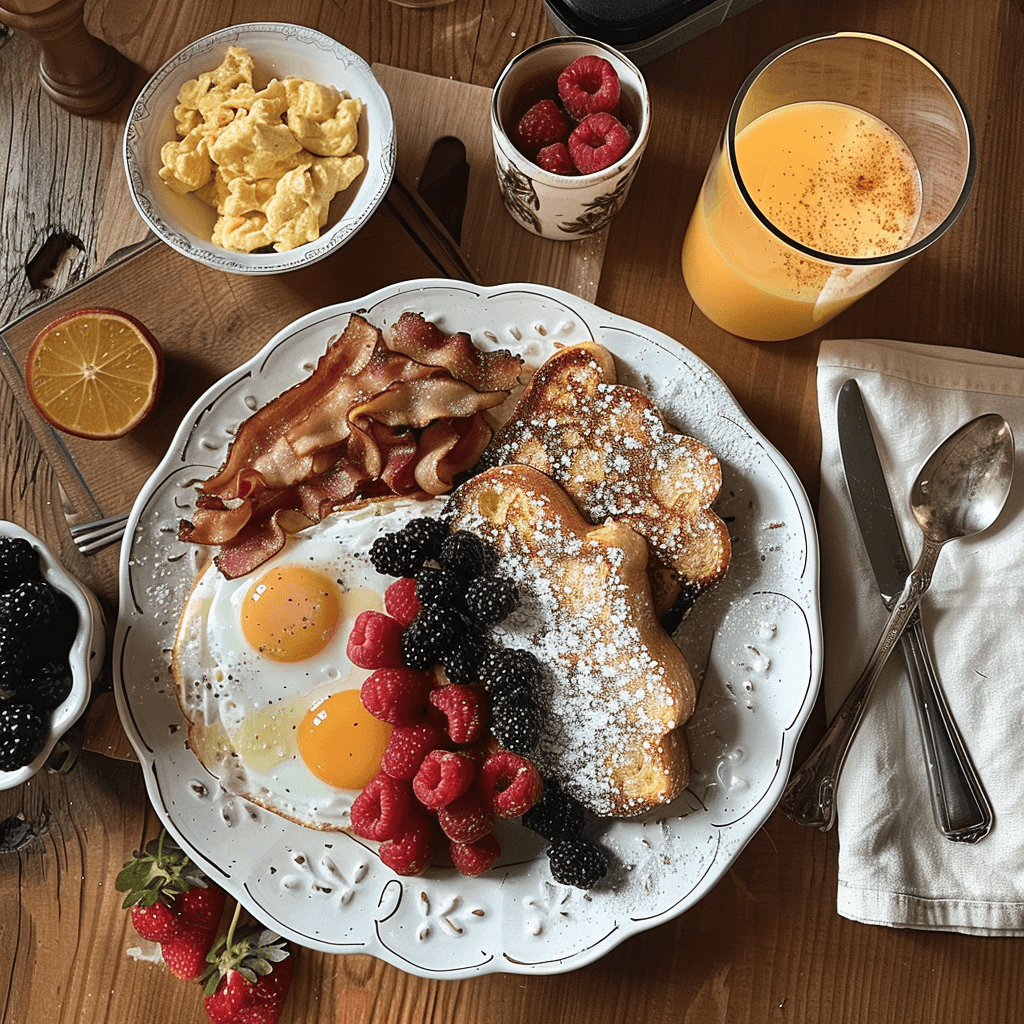
Sourdough French Toast shines on its own, but when paired with the right sides and sips, it becomes a full-blown brunch masterpiece. Whether you’re hosting a weekend breakfast, treating yourself to a solo indulgence, or prepping a family feast, here are some delicious accompaniments to elevate your plate:
Savory Sides to Balance the Sweetness
A little savory contrast can make your meal more satisfying and well-rounded.
- Crispy Bacon: The smoky saltiness cuts through the sweet richness of French toast perfectly. Try maple-glazed or peppered bacon for extra flair.
- Sausage Links or Patties: Choose classic pork sausage or go gourmet with chicken apple sausage for a slightly sweet, aromatic bite.
- Scrambled or Poached Eggs: Add protein and creaminess to your plate. Eggs also balance the sweetness of the toast and make the meal more filling.
- Avocado Slices with Sea Salt: If you’re leaning slightly savory, add creamy avocado slices topped with flaky salt and chili flakes.
Light & Fresh Pairings
For a lighter, more refreshing spread, add fruits and greens:
- Fresh Fruit Salad: Mix berries, melon, citrus segments, and mint for a vibrant contrast in flavor and temperature.
- Greek Yogurt with Honey: A dollop of thick yogurt adds a creamy tang and pairs beautifully with fresh berries and granola.
- Arugula or Baby Spinach Salad: Toss with lemon vinaigrette for a peppery, fresh side that adds green goodness to your brunch.
Best Beverages to Sip Alongside
Complete the experience with a complementary drink. Here are some beverage ideas that pair well with sourdough toast:
- Coffee or Cold Brew: A strong coffee, especially a slightly acidic brew, complements the tanginess of sourdough.
- Chai Latte: Warm spices like cinnamon and cardamom echo the flavors of your French toast.
- Freshly Squeezed Orange Juice: A timeless classic—refreshing, bright, and balances the richness of the toast.
- Mimosa or Bellini: For a celebratory touch, serve this dish with a bubbly cocktail made with sparkling wine and fresh juice.
Optional Extras for Entertaining
Hosting a brunch? Add a few “wow” extras to impress guests:
- Mini Muffins or Scones: Serve as a starter or additional bite-sized treat.
- Homemade Jam or Compote Bar: Offer blueberry, peach, or raspberry compotes for DIY topping fun.
- Charcuterie Brunch Board: Include cheese, nuts, sliced meats, and dried fruits for a mix-and-match platter guests will love.
With these thoughtful pairings, your Sourdough French Toast becomes more than just a meal—it’s a memorable summer brunch experience. Whether you prefer classic sides or inventive additions, there’s something here to please every palate.
FAQ – Frequently Asked Questions
Here’s a helpful section to address common queries and improve your article’s chances of capturing voice search and long-tail keyword traffic:
Q: Can I use gluten-free sourdough for this recipe?
A: Absolutely! Many gluten-free sourdough breads are made with a combination of rice, sorghum, and other grains. Just ensure it’s sturdy enough to soak without disintegrating.
Q: How do I make this dairy-free?
A: You can replace milk with almond, oat, or coconut milk. For butter, use a plant-based alternative. The flavor will still be rich, and the toast will crisp up nicely.
Q: Why is my French toast soggy?
A: It could be due to soaking too long or using bread that’s too fresh and soft. Stick to a quick soak (20–30 seconds per side) and use firmer, preferably day-old sourdough toast.
Q: Can I prep this ahead of time?
A: Yes! Soak the bread and store it in a covered container in the fridge overnight. Or, cook the French toast and refrigerate for up to 3 days—just reheat in a toaster oven for best texture.
Q: What’s the best skillet to use?
A: A cast iron skillet or non-stick griddle gives you the crispiest edges. Make sure it’s preheated and lightly buttered before each batch.


